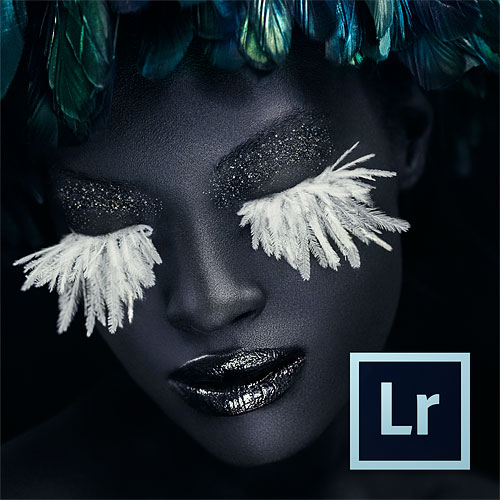Lightroom gives you:
- fast processing of multiple images
including the ability to synchronize
development adjustments across multiple
images.
- non-destructive parametric edits
throughout, so you can re-develop and
revisit images as you wish.
- starring and ranking schemes to help
you in selecting out keepers and culling
duds.
- ability to create multiple virtual
copies with different processing,
cropping, etc., and compare them
side-by-side.
- easy export in multiple
formats/sizes, etc., from the same base
developed RAWs.
- a thumbnail browser and integrated
workflow platform, allowing you to
launch Photoshop or other pixel-editors
like the Nik Collection, and then return
to Lightroom to the edited image for
final export.
- powerful cataloging and indexing and
keyword creation and searching (although
I stupidly don’t use this capability!)
- good dual-monitor interface, so for
example I have my 30″ wide-gamut screen
set-up as the main image loupe with the
only the image full-size on it, and all
the panels, etc., are on the second
laptop display.
- presets which are freely found on
the web for all flavors of development
process type effects, for example
including split-tone, de-saturation,
B&W, etc.. etc..
- an infinitely-flexible digital grad
filter tool. [You can buy a Cokin or
other filter set or get Lightroom with
all it does for around the same and
carry less in your camera-bag. The only
optical filters I now have in my bag are
polarizer, ND8, and ND400.]
- a good print module, slideshow
module, and web module for easy export
of your images for viewing by others
(maybe I am understating the power of
these).
In a combined workflow, Photoshop (I am
describing Creative Suite) then gives you:
- Pixel-based editing and saving.
- Cloning for detailed removal of
unwanted objects in an image.
- Selections, masking - for area
selection, color-range selection, etc.,.
- Mask editing like blur, feathering,
fills - all great for local work within
the image.
- Layers and adjustment layers for
combining images in composites or
blends. Adjustment layers for discrete
control of many image attributes
(brightness, contrast, levels, curves,
colors). Each layer or adjustment layer
can have a mask and opacity to keep the
change and extent local to only one or
more parts of the image.
- Layer blend modes with opacity
control for more complex combinatorial
effects (like darkening, lightening,
overlaying, texturing, re-coloring one
image with another).
- Ability to resize and extend images
or layers.
- Ability to transform (stretch, skew,
etc.,) images, parts of images, or
masks.
- Algorithmic image combination like
stitching and alignment.
- Creation of shapes for selections,
masks, gradients.
- Comprehensive set of filters,
including basics like blurring,
sharpening, as well as more effect-like
for outline, painting, drawing type
effects. Then there are many plug-in
filters available to help with
selections, picture effects (again which
can be as simple as sharpening). These
can also be used together with layers
and opacity to give real detail control
throughout the image.
- and more... like text adding, etc.,
but some of these step you more into the
world of graphics design not
photography.
So, it depends on your photography, but
if your main emphasis is just taking
pictures and doing minimal detail editing
within the image, then LR gets you pretty
much all the way there. If you really want
to squeeze the very, very best from every
part of your image with real local control,
then you need go across to Photoshop and use
masks and selections and all the other
powerful tools that Photoshop
provides. Photoshop is then definitely for
blends and composites as LR has no
capability for that (other than with
external editor plug-in).
The key with Lightroom is its speed and
efficiency in processing multiple images
from a shoot or trip, and the fact you can
go back and re-adjust an image at any time
(that's the parametric editing). |
